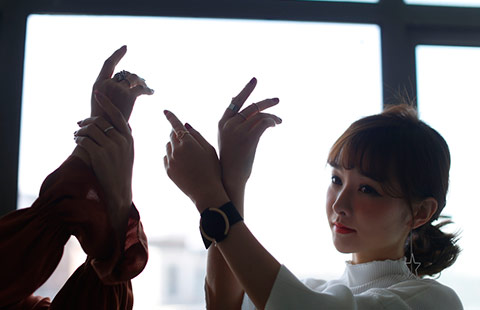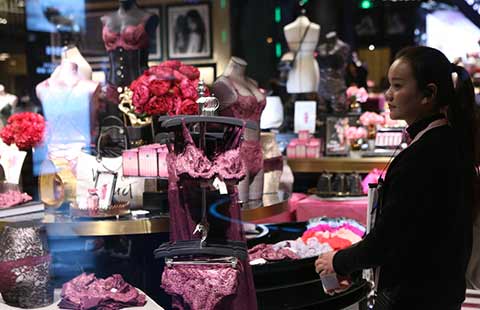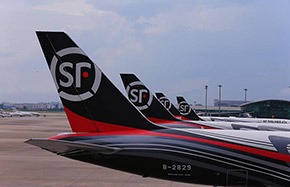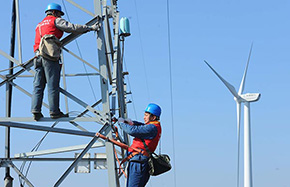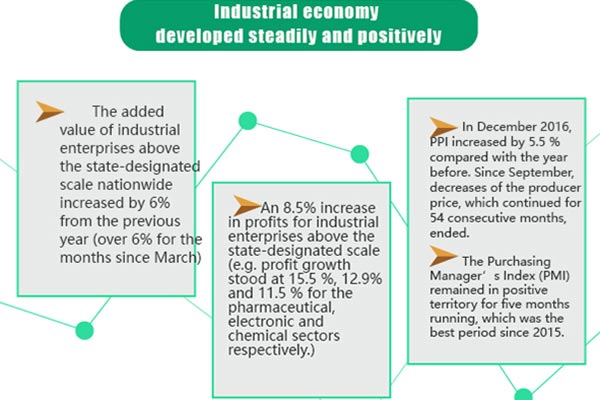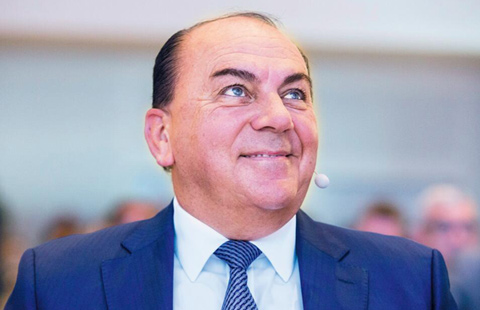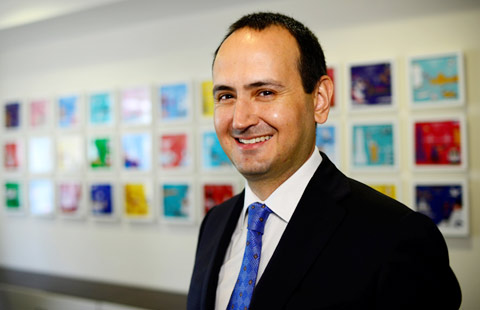Huawei's latest innovation puts it on the road to becoming second-largest smartphone brand
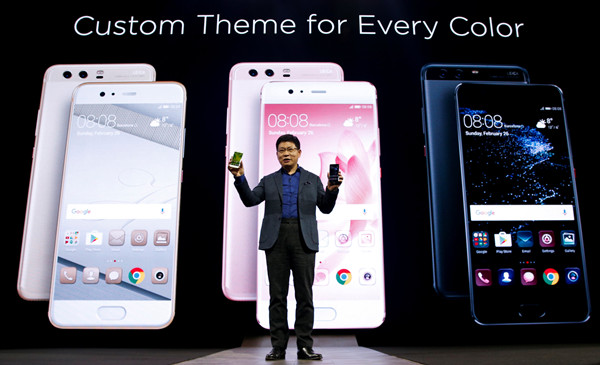 |
|
Richard Yu, chief executive of Huawei's consumer business, holds up new P10 devices during the presentation ceremony at Mobile World Congress in Barcelona, Spain, on Sunday. [Photo/Agencies] |
It was Huawei's latest attempt to challenge Apple and Samsung in the smartphone market – a battle that gained traction after Samsung recalled its flagship Galaxy Note 7 last year, triggered by customers claiming its batteries had caught fire.
The two Huawei phones, P10 and P10 Plus, champion great picture-taking functions facilitated by new Leica front and back cameras with new portrait features.
"Huawei's P series has become a powerful contender in the market. Huawei is maximizing Samsung's unfortunate issues with its battery, and, if Huawei continues to invest in its brand-building strategies, it will become the Number 2 smartphone brand," said Ben Little, cofounder of innovation consultancy Fearlessly Frank.
Huawei is already the world's third-largest smartphone maker, just behind Apple and Samsung. Last year, Huawei shipped 139 million smartphones worldwide, a 30 percent year-on-year increase.
Unlike Samsung and Apple, Huawei only entered the consumer product market in recent years, after realizing the importance of brand building among mass consumers as the firm expands globally. Traditionally, Huawei generates most of its revenue from its network business, providing services to operators including Vodafone and Telefonica.
Despite being a relative newcomer in consumer electronics, it did not take long for Huawei to create groundbreaking design in the smartphone segment, said Mark Adams, chairman of the consultancy The Honey Partnership.
"I am impressed by Huawei's brave, confident and inspiring journey. It is posing a challenge for Apple and Samsung. Its newly launched consumer products are mature, sophisticated, and have great attention to detail," he said.
In addition to photography function highlights, Huawei's newly launched phones also offer in-house Kirin 960 processors, which have a reputation for fast performance. Its design emphasizes a stylish finish, offering the industry's first hyper diamond-cut finishing color variants, achieved through a partnership with Pantone, a US color technology company.
A 64 gigabyte P10 will cost 649 euros ($685), while the P10 plus will cost 699 euros for a 64 gigabyte version and 799 euros for a 128 gigabyte version. The P10 phone is 13 centimeters in size, while P10 Plus is 14 centimeters.
Speaking at the Barcelona product launch, Huawei Consumer Business Group CEO Richard Yu said: "As culture and technology continue to intersect in every aspect of our world, we want to deliver new products and experiences that ultimately improve and enhance life."
Meanwhile, on Saturday the Chinese consumer electronics brand TCL introduced its first Blackberry-licensed phone, also at Barcelona's MWC. It is called KEYone. The move follows an agreement between the two companies in December that sees TCL become the manufacturer of Blackberry phones, as Blackberry moves away to focus on its security software business.
Little, from Fearlessly Frank, said the KEYone launch is significant because it shows the market's increasing emphasis on the business customer, which has been underutilized in recent years.




